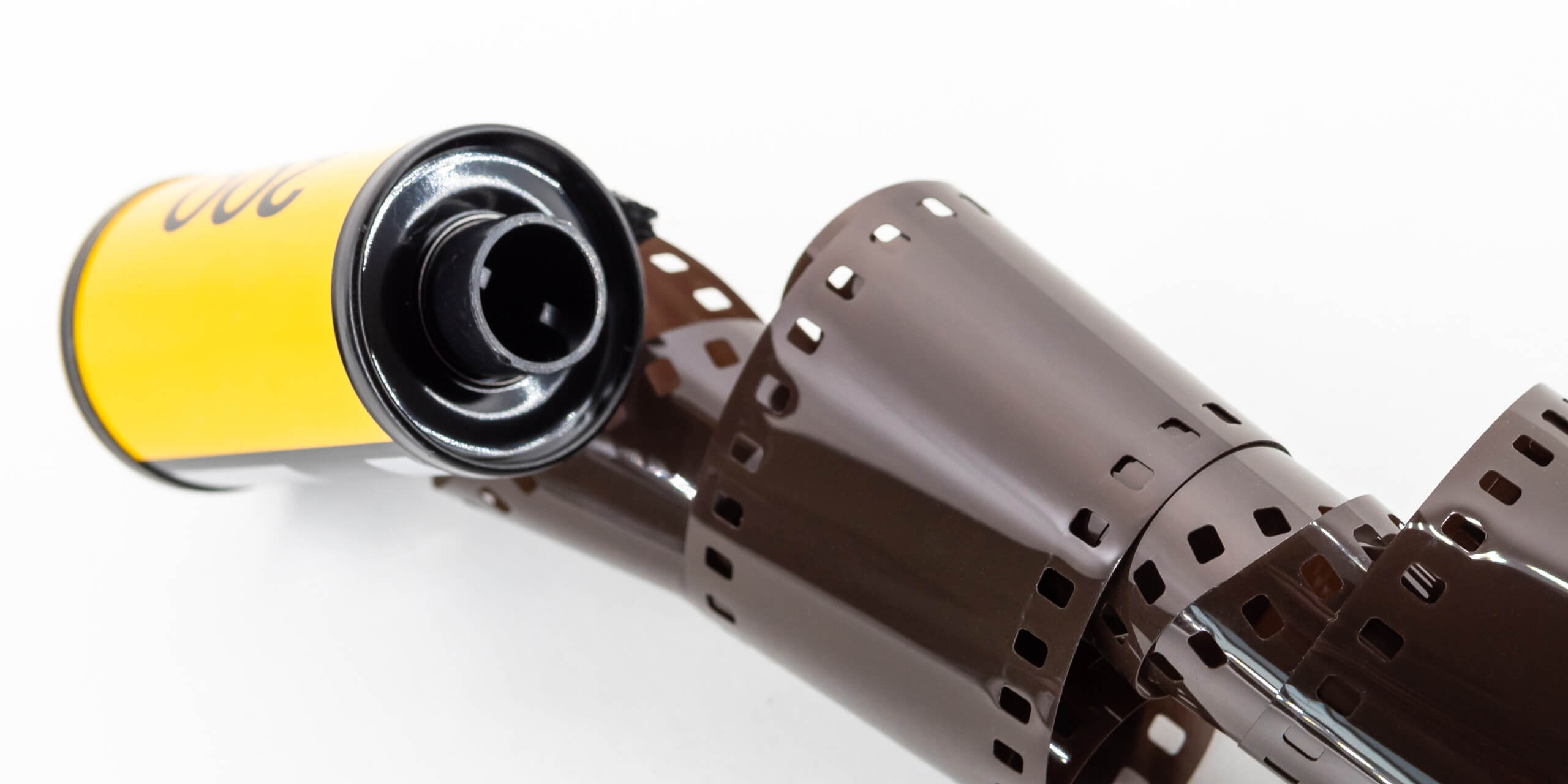
Kodak 35mm film is a good choice for several reasons:
Versatility: Kodak offers a wide range of 35mm films with different speeds, color palettes, and contrast levels, making it a versatile option for many types of photography, including landscapes, portraits, street photography, and more.
Reliability: Kodak has been a trusted name in photography for over a century, and their 35mm films are known for their consistent quality and dependable results.
Character: Film photography has a unique, organic quality that is often prized by photographers for its ability to add mood, atmosphere, and emotion to images in a way that digital photography cannot match. Kodak’s 35mm films are known for their distinctive color palettes and tonal ranges, which can add a unique character to images.
Creative control: Shooting with film often requires a more deliberate and thoughtful approach, as there are no LCD screens or instant previews to rely on. This can lead to a more creative and experimental approach to photography, and a greater appreciation for the process of capturing images.
Overall, Kodak 35mm film is a good choice for photographers who value versatility, reliability, character, and creative control in their imaging.
35mm Kodak Film Explained
Kodak Gold Color Negative 100 Film
Kodak Gold 100 is a medium-speed color negative film that is designed for general-purpose photography. The film has a neutral-to-warm color bias, which can result in images with a slightly golden or amber cast in some lighting conditions. Kodak Gold 100 is known for its fine grain structure and good sharpness, which make it well-suited for a wide range of applications, including landscapes, travel, and portrait photography. The film also has a good balance of contrast and saturation, resulting in images that are vivid and eye-catching without appearing overly processed or artificial. Overall, the look of Kodak Gold 100 is often described as warm, inviting, and natural.
Kodak Max 200 Color Negative Film
Kodak Max 200 is a high-speed color negative film that is known for producing bright, vivid images with good color saturation and fine grain. The film has a slightly cool-leaning bias in the shadows and neutral-to-warm midtones, which can result in a slightly vintage or old-fashioned look in some lighting conditions. Overall, the look of Kodak Max 200 is often described as fresh, clean, and vibrant.
Kodak Max 400 Color Negative Film
Kodak Max 400 is a high-speed color negative film that is designed to produce bright and vivid images with fine grain and good sharpness. The film has a distinctive color palette that is characterized by rich, warm tones and saturated colors, with a slightly cool-leaning bias in the shadows. This can result in images with a slightly vintage or old-fashioned look, depending on the lighting and subject matter. Overall, the look of Kodak Max 400 is often described as classic, bold, and punchy.
Kodak Black & White 400 Film
Kodak Black and White 400 is a high-speed black and white negative film that is designed for general-purpose use. The film has a fine grain structure and good sharpness, making it well-suited for a wide range of applications, including documentary, street photography, and portraiture. The tonal range of Kodak Black and White 400 is broad, with good detail in both the highlights and shadows. The film is also known for producing a slight contrast boost, which can add a distinctive moodiness and drama to images. Overall, the look of Kodak Black and White 400 is often described as classic, timeless, and versatile.
Kodak Max 800 Color Negative Film
Kodak Max 800 is a high-speed color negative film that is designed for low-light situations. The film has a high level of sensitivity to light, which allows for handheld photography in conditions where flash or a tripod might otherwise be required. The images produced by this film often have a slightly grainy texture, which is a characteristic of high-speed films. In terms of color and tone, Kodak Max 800 has a slightly cool-leaning bias, which can result in images with a slightly bluish cast in some lighting conditions. Despite this, the film is still capable of producing bright, vivid images with good color saturation. Overall, the look of Kodak Max 800 is often described as raw, edgy, and atmospheric.


